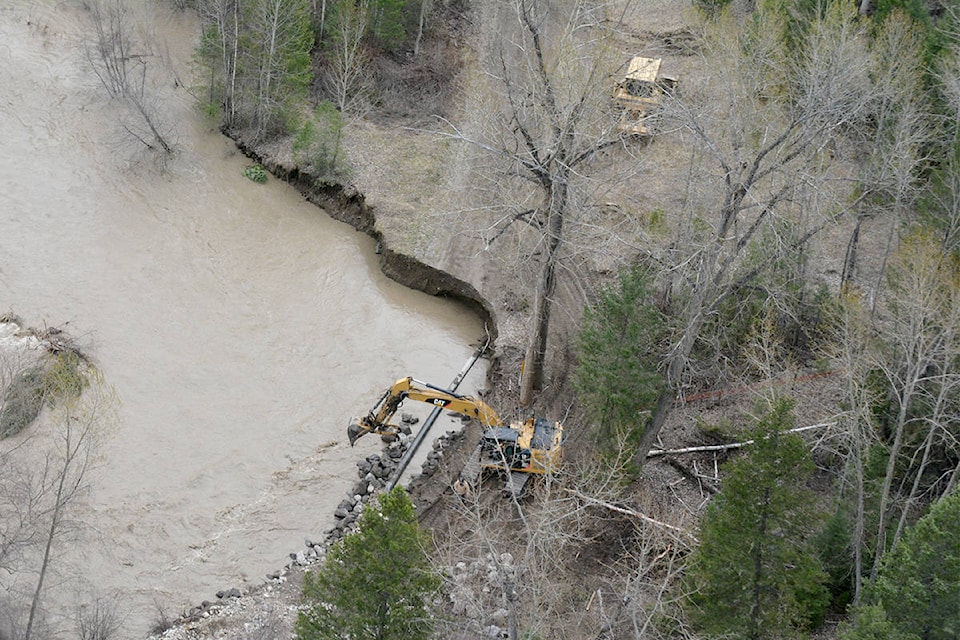Williams Lake is one of 24 local governments and Indigenous communities approved to receive a combined $3.46 million in provincial emergency preparedness funding.
The funding is part of the nearly $69.5 million Community Emergency Preparedness Fund (CEPF), designed to help communities prepare for, and respond to, disasters.
Williams Lake has been approved to receive $150,000 in funding for Williams Lake River Valley flood-risk assessment, flood mapping and mitigation.
Mike Farnworth, the Ministry of Public Safety and Solicitor General, said the investment through the CEPF will help communities prepare for emergencies by providing funding for flood risk assessment, flood mapping and flood mitigation planning.
The Province supported eligible applicants to ensure they have accurate knowledge of flood hazard and to develop strategies to prepare for those risks.
VIDEO: Aerial tour of flooding in the Williams Lake area
“I have seen first-hand the loss and devastation catastrophic flooding can have on people, families and entire communities,” Farnworth said. “In order to reduce the effect of flooding on people and their livelihoods, we are investing now to support flood risk assessments, mitigation and planning work. These projects help create resiliency by improving the capacity of local government and First Nations to respond to and recover from severe flooding events.”
Aside from the $3.46 million investment, additional projects may receive funding once details are finalized, Farnworth said.
Since the September 2017 budget update, communities and governments throughout B.C. have received more than $52 million through the CEPF.
The CEPF, meanwhile, is broken down into seven streams:
1.) Flood risk assessment, flood mapping and flood mitigation planning
2.) Emergency support services
3.) Emergency operations centres and training
4.) Structural flood mitigation
5.) Evacuation routes
6.) Indigenous cultural safety and cultural humility training
7.) Volunteer and composite fire departments equipment and training.
Other communities receiving funding include: Cache Creek ($147,17), Central Okanagan Regional District ($150,000), Cowichan Tribes ($149,900), Enderby ($120,000), Hazelton ($150,000), Ka:’ya:’k’t’h’/Che:k’tles7et’h’ First Nations ($150,000), Kitimat ($150,000), Kooteany-Boundary Regional District ($149,845), Kwantlen First Nation ($150,000), Ladysmith ($150,000), Lhoosk’uz Dené Government ($150,000), Masset ($121,358), Merritt ($150,000), Regional District of Nanaimo ($150,000), North Coast Regional District ($148,019), Nuchatlaht - Northwest Vancouver Island ($150,000), Peace River Regional District ($150,000), Port Clements ($88,509), Queen Charlotte ($142,113), Strathcona Regional District ($150,000), Tahsis ($149,895), Vernon ($149,950), Zeballos ($150,00).
greg.sabatino@wltribune.com
Like us on Facebook and follow us on Twitter
